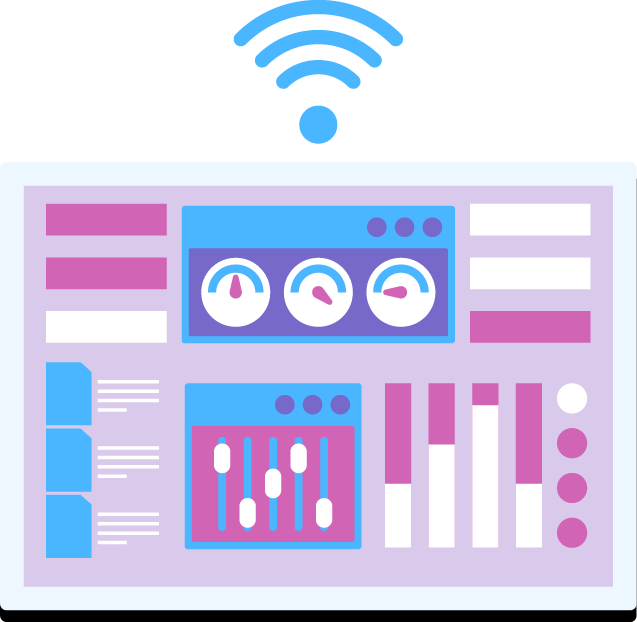
iiDEVICE
Industrial Integration Device Services
Call us at: (775) 484-0075
We are an industrial Internet of Things (IIoT) Company
iiDS™ utilizes uniquely designed device sensors that provide real-time diagnostics of critical components on a manufacturing processing line. These sensors monitor edge devices that provide data to multiple offsite facilities, the real-time data improves the operational business logic to impact critical decision-making. Proactive and real-time information to make better decisions that can prevent production stoppage and delays, which saves money. These, along with other device-driven process data-gathering techniques, are a part of the iiDevice™ proprietary TADA™ system, which takes a forensic approach that helps improve process engineering, improve business initiatives, identify integration hot spots, and improve management decisions.
Help Us understand Your pain points.
Technologies and Services
INDUSTRIAL - industrial manufacturing, automotive manufacturing, consumer electronics manufacturing, chemical manufacturing, Food production process line, packaging.
AGRICULTURE - technologies - processing, packaging, transport, harvest, post-harvest, reporting.
MINING - processing Collaborative visualization with live video gives industrial process management real-time access to their facility's ever-changing operational condition. They can see what is going on right now.
The iiDS™ tech team programs implements and maintains a host of Supervisory Control and Data Acquisition (SCADA) software systems that provide the capacity for real-time monitoring via a human-machine interface (HMI) that interacts with programmable logic controllers (PLCs) or remote terminal units (RTUs). These Controllers communicate with integrated sensors attached to physical plant operations that share data across integrated industrial devices critical to the production flow and operational efficiency and help support immediate diagnostic decisions resulting from the device data.
iiDS™ uses hybrid systems that manage live stream video data with strategic AI-enabled IIoT devices that manipulate concurrent video streams on a secure network that can access, share and annotate. Before implementing this industrial media experience, our iiDS™ team documents all workflow expectations associated with a collaborative media network.
TADA™
What did one edge device say to the other? “Present and accounted for.”
The iiDS™ tech team works with Supervisory Control and Data Acquisition (SCADA) software that provides the capacity for real-time monitoring via a human-machine interface (HMI) that interacts with programmable logic controllers (PLCs) or remote terminal units (RTUs). These Controllers communicate with integrated sensors attached to physical plant operations that share data across integrated industrial devices critical to the production flow and operational efficiency and help support immediate diagnostic decisions resulting from the device data.
The iiDS™ proprietary Technical Assessment Device Algorithm (TADA) in conjunction with SCADA systems evaluates production requirements and helps surface the weak links in the operational device network infrastructure. This comprehensive approach helps minimize production downtime and network inefficiencies by identifying the current or potential systems roadblocks and removing them, which leads to higher productivity and larger return on investment.
Industrial Process Real-time Video
Collaborative visualization with live video gives industrial process management real-time access to their facility's ever-changing operational condition. They can see what is going on right now.
iiDS™ uses hybrid systems that manage live stream video data with strategic AI-enabled IIoT devices that manipulate concurrent video streams on a secure network that can access, share and annotate. Before implementing this industrial media experience, our iiDS™ team documents all workflow expectations associated with a collaborative media network.
These, along with other device-driven process data-gathering techniques, that are a part of the iiDevice™ proprietary TADA™ system, which takes a forensic approach that helps improve process engineering, achieve improved business initiatives, identify integration hot spots, and improve management decisions.
Call us at: (775) 484-0075
